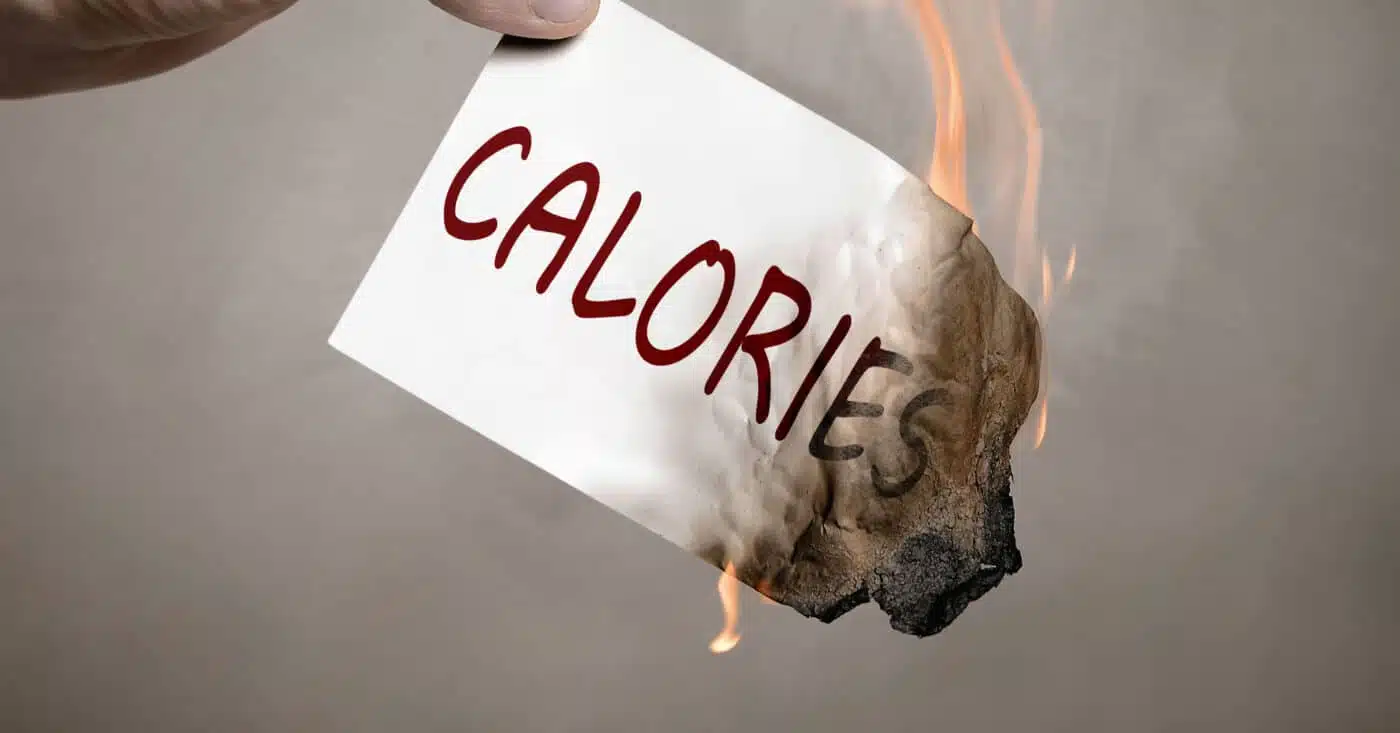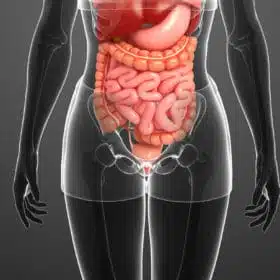Losing weight is actually a very simple thing. You just need to burn more calories than you eat. And anyone who has ever tried to achieve this goal, especially through cardio training, knows how long it takes to burn even the equivalent of a piece of cake.
Wouldn't it be nice if there was a way for the body to burn extra calories on its own without any great effort? And what can we say, this option does exist. This is the Afterburn effect. You can find out how it works and how you can promote it in the following article.
What is the afterburn effect?
The afterburn effect is a fascinating mechanism that kicks in after a hard workout session and ensures that you continue to burn calories after your workout. Even if you're lying lazily on the couch watching a few episodes of your favorite series on Netflix.
The afterburn effect works best after particularly intensive training sessions, such as high intensity interval training (HIIT). This training ensures that your metabolism is still active at a significantly higher level long after the end of the session and continues to burn calories diligently. But how exactly does it work?
During strenuous workouts, your body has an increased need for oxygen to adequately supply the muscles. This is the only way the muscles can provide the necessary energy for such intensive training. However, the amount of oxygen consumed during a workout is higher than the amount you can get into your muscles by breathing. As a result, your body incurs a so-called oxygen debt.
The body has to reduce this deficit again after the end of the training session in order to return to a normal metabolic state. As the body needs energy for this regulation, you continue to burn additional calories after training until your metabolism has reached a normal level and the oxygen debt has been settled.
The three phases of the afterburn effect
Phase 1 - The first phase starts immediately after you have finished training. Your body is now particularly receptive to energy and nutrients and does everything it can to get energy reserves. The body needs these to initiate regeneration. During this phase, which lasts for around 60 to 90 minutes after training, energy consumption is still particularly high as your metabolism, breathing and heart rate are at an increased level. You can tell by the fact that it can take one to two hours after an intensive workout before you return to your normal resting heart rate.
Phase 2 - In the second phase, muscle regeneration begins around two hours after the end of training. The body's top priority here is to repair the damaged protein structures in the muscles. The body needs proteins to rebuild. The body also needs energy to extract these proteins from food, convert them and incorporate them in the necessary places.
Phase 3 - The third phase begins around 12 to 24 hours after the end of training. The muscles, which are still under slight tension, often already show signs of muscle soreness as a result of the hard workout. In order to repair these micro-fine tears in the muscle fibers and continue to drive regeneration at a high level, the energy requirement is also significantly increased here. The result: additional calories are burned.
How long does the effect last?
The afterburn effect is like a flattening mathematical curve. Immediately after training, the effect in the form of energy consumption is at its highest. After approx. 90 minutes, the curve begins to flatten out significantly. As soon as all metabolic processes have returned to a normal level and regeneration is complete, the curve of the afterburn effect reaches zero. From then on, the extra calories are over.
Exactly how long it takes to reach this point is disputed in sports science. On average, however, you can expect around 36 hours. How long the effect lasts depends primarily on the intensity of the workout. An intensive strength circuit based on the HIIT principle, for example, has around three times the afterburning effect of constant jogging or cycling.
How many extra calories can I burn?
Based on sports science research, it has been found that up to 15 percent additional calories are burned as part of the afterburn effect in relation to your workout. So if you do an intensive HIIT workout and burn 600 calories, you can burn another 90 calories via the afterburn effect without having to lift a finger. That may not sound like much.
But let's assume that you train three times a week. With 52 weeks in a year, that's a whopping 14,040 calories. That's pretty much the equivalent of 2 kilograms of body fat. If that's not enough motivation.
Don't forget regeneration
The afterburn effect is a great thing. However, you shouldn't overdo it with the high-intensity training sessions. Because what your body needs between these sessions is recovery. Only if it can recover can you remain resilient in the long term and achieve your goal safely. Three intensive HIIT workouts per week are therefore definitely enough and give you enough time to recover. However, if you notice warning signs such as an increased susceptibility to infections, muscle cramps or persistent unusual daytime tiredness, you should reduce the amount of training.




